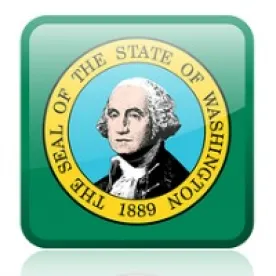The Model Toxics Control Act (MTCA) has been cleaning up contaminated sites in Washington State for 30 years.
The Origins of MTCA
Ask anyone about Washington’s Model Toxics Control Act (MTCA) and they will tell you it began with citizen action. MTCA started with a community-driven ballot initiative and stakeholder involvement continues to be a foundational element of the program. MTCA is an outgrowth of the federal Comprehensive Environmental Response, Compensation, and Liability Act (CERCLA). After CERCLA was passed in 1980, states were requested to identify the most contaminated sites for listing on the National Priorities List (NPL). It quickly became clear that CERCLA would not address all the Washington sites. Only a subset of sites in each state would be included on the NPL plus the federal law excluded petroleum-contaminated sites, which comprise a large percentage of the necessary cleanup work in the state.
Recognizing that a state Superfund law was necessary, the Washington Legislature began developing one in the mid-1980’s. As they continued to negotiate an acceptable bill, a coalition of environmental and labor groups used the Initiative process to develop an alternative known as Initiative 97. The two efforts proceeded in parallel. In an interesting political twist, the Legislature passed Senate Bill 6085, which went into effect, but Washington voters chose Initiative 97 and SB 6085 was withdrawn. Initiative 97 was passed in 1988 and became law in 1989. The statue has been amended nearly two dozen times since then.
MTCA’s Track Record
A few MTCA statistics give an overview of the program:
-
558 contaminated sites were originally identified for cleanup or assessment.
-
27 of those initial sites were placed on the NPL.
-
13,000 contaminated sites are currently identified for cleanup or assessment.
-
7,000 sites have been cleaned up.
-
300 new sites are identified each year.
-
42% of sites contain petroleum.
-
0.07% of the wholesale value on hazardous substances is taxed to fund MTCA.
-
95% of MTCA revenue comes from the hazardous substances tax.
-
1992 was the first Washington Supreme Court MTCA decision - Bird-Johnson Corp. v. Dana Corp., 119 Wn. 2d 423, 833 P.2d 375 (1992) (MTCA does not include a right of contribution, although later statutory amendments corrected that).
The program has been very successful, but it still has a long way to go toward completion. MTCA was initially designed to be a time-limited program that would cease to exist once all the sites were cleaned up. That may still happen, but it is clear today with new sites being added each year, the MTCA program will be a key part of Washington’s environmental landscape for a long time.




 />i
/>i

